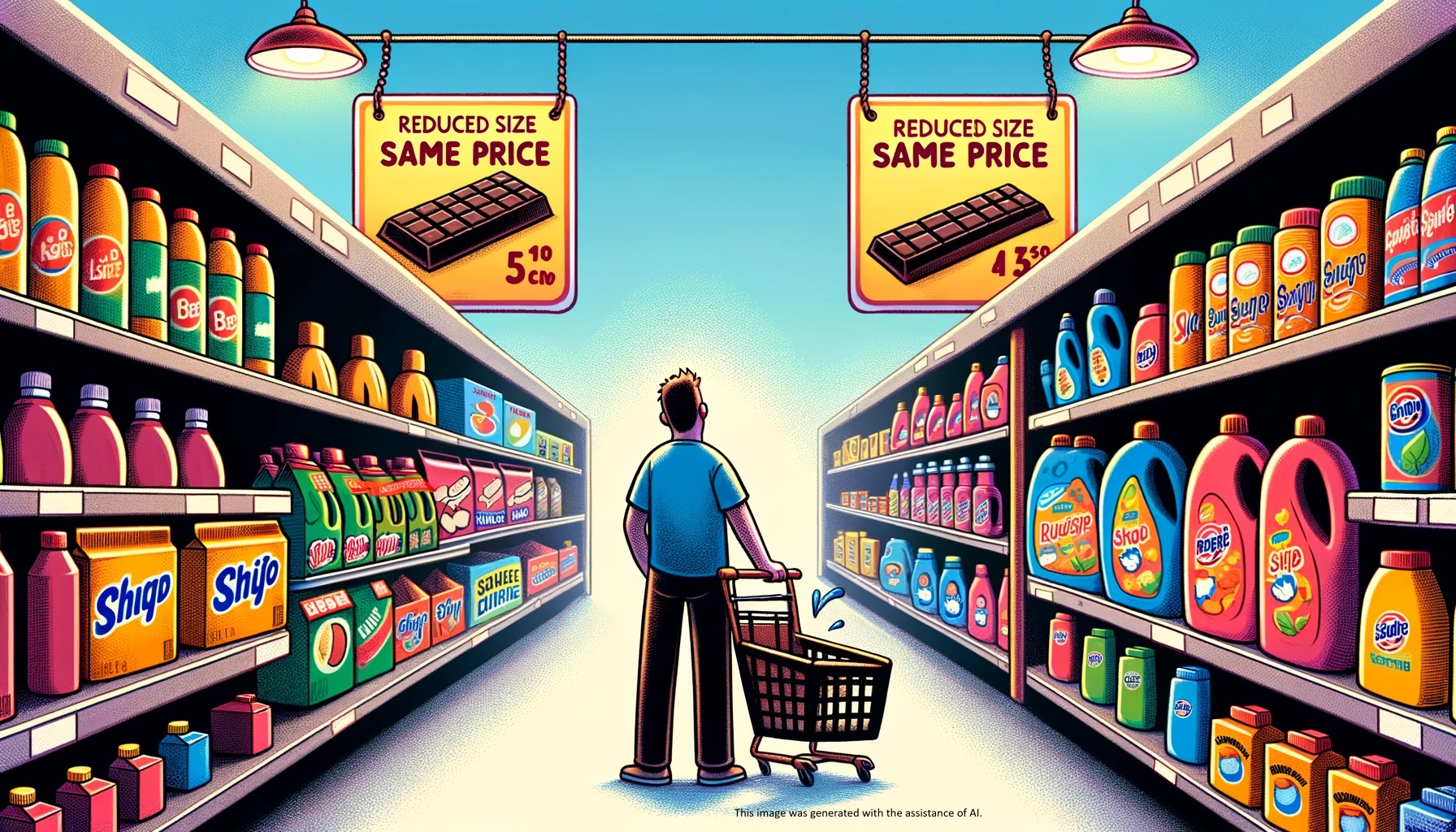Shrink
Submitted by Atlas Indicators Investment Advisors on May 31st, 2024
Shrink is an interesting word. For a simple, monosyllabic word, it has many meanings. More and more, it is used frequently in the fields of economics and finance.
Retailers use the word as a euphemism for theft. In their quarterly reports, they’ll often have a line item dedicated to inventory which has somehow disappeared. Firms don’t sell goods that jump off shelves by themselves. Instead, someone, often an employee, takes the ware.
Atlas has always been a fan of portmanteaus. Combining shrink and inflation yields a popular one these days: shrinkflation. Basically, firms downsize their packaging so fewer quantity fit, but they’ll keep the price the same which causes the price-per-unit to rise. Certain retailers specialize in this sort of merchandise. For instance, they may sell toilet paper cheaper than your local grocer, but you may actually pay more per sheet. It is a bit of a magic trick, one which may deceive those who can afford it least.
A shrinking number of Americans can afford a median-priced home. A recent report from realtyhop.com shows that a mortgage on a median-priced home in Los Angeles would cost 99.3 percent of the city’s residents median income. But even more approachable cities like Santa Ana and Riverside would cost the median earner 63.3 and 52.5 percent of one’s income, respectively.
With all of this shrinking going on, shouldn’t this impact the economy? Great question, and the answer is yes, if all else is held constant. But all else is rarely held constant. Instead, a shrinking number of people are supporting economic growth. According to ING’s chief international economist, James Knightley, the top 20 percent of consumers spend as much as the bottom 60 percent. If his figures are accurate, this could help keep things afloat for a bit longer before the economy shrinks next (aka recession).

